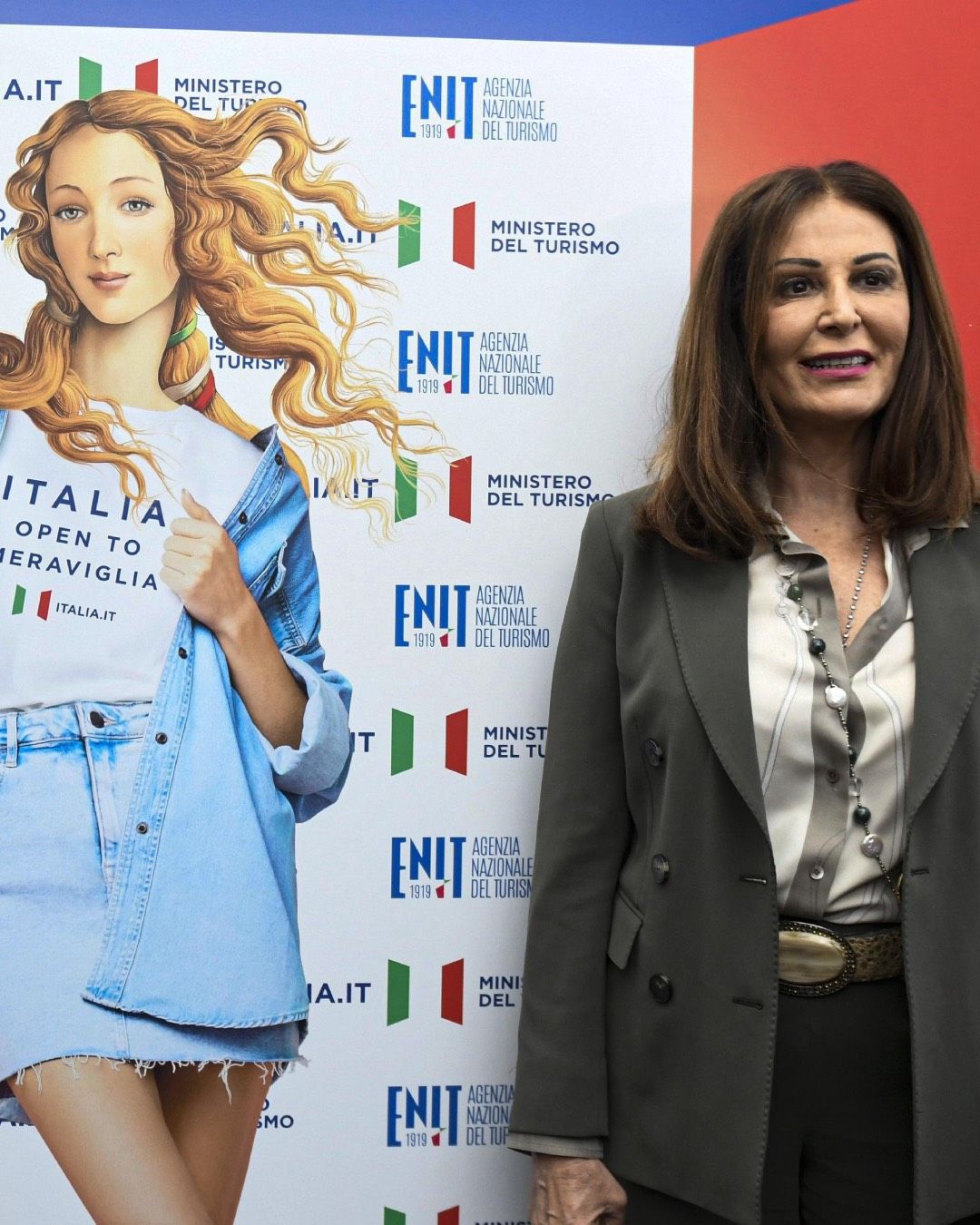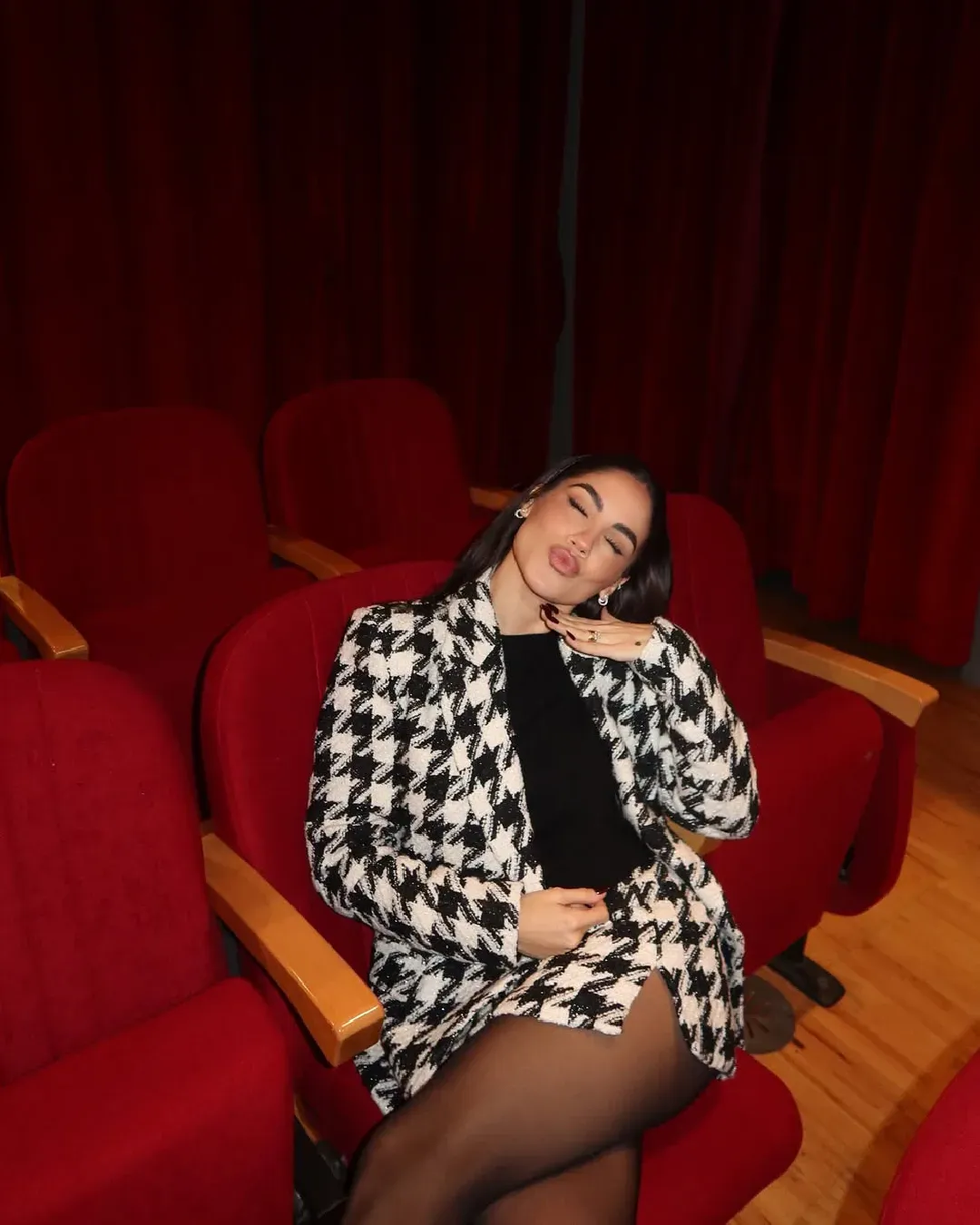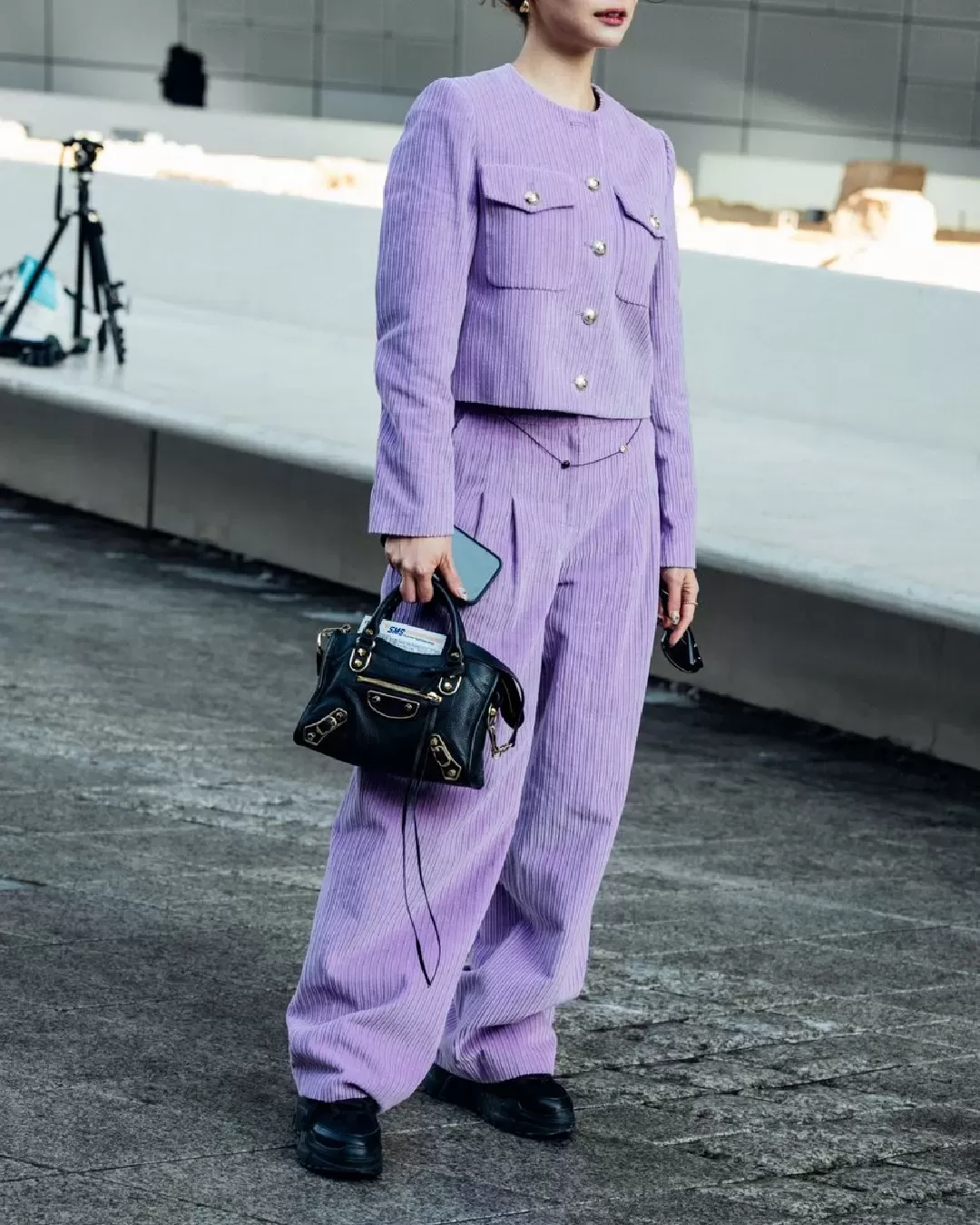
The campaign featuring Botticelli's Venus is proof that institutions don't know how to communicate Dialogue with an unfamiliar generation
"Italy: open to meraviglia" is the name of the new campaign developed by the Ministry of Tourism together with Enit to promote Italy throughout the world. It focuses on a rejuvenated Venus by Botticelli, depicted "with her hair always in the wind", in a miniskirt, on a bicycle, on a boat and eating pizza. It consists of a promotional video that airs on trains, planes, Rai networks and Netflix, as well as a series of billboard ads, there is also a dedicated Instagram profile @venereitalia23. A nine-million-euro marketing campaign much desired by Minister Santanchè, who, probably considering the social attention Chiara Ferragni's visit to the Uffizi in 2020 will attract, decided to turn a 15th-century painting into an influencer. «We hope that Botticelli's Venus will become very popular with young people through this combination of art and digital technology» explains Marco Testa, who developed the campaign. «It's a slightly different way of representing Italy and targeting younger tourism» says Santanché. Needless to say, controversy was not absent, and neither were AI-generated remakes: «Open to meraviglie? What is this stuff? What kind of language is this?» thunders Sgarbi, who, as a connoisseur of the subject, believes that art advertises itself. «I discover that the Minister of Tourism has spent 9 million euros to bring to life a version of Botticelli's Venus that looks like something out of Tinder» writes MP Giulia Pecorella on Instagram instead.
Certainly Ferragni had proved a successful strategy at the Uffizi: more than 9,300 visitors were counted the following weekend, with a 27% increase in the number of young people under 25. But the social outrage caused by associating the face of one of the world's most famous influencers as a manifesto of Italian heritage had once again reinforced the stereotype of an upscale culture consisting of men in 50-something suits, starched collars and polite words à la Sgarbi, to be clear to all those who claim that "art promotes itself". An exclusive and exclusionary view of art as the totem of a culture accessible only to those who already possess it. But it is precisely this cliché that is stunting Italian museums, which instead need a new, young audience to be able to improve their offer - also economically. And it is the young people to whom Santanchè has spoken. But she has shown that the gap between the current political class and the new generations is not only abysmal, but also unbridgeable.
The campaign, conceived by the Ministry of Tourism, relies on a kind of intelligent advertising that fails miserably, not so much because of its intention to freshen up the communication of Italian heritage, which has never shone with originality, but rather because of its manner, "which is old-fashioned, outdated, repulsive, stereotypical and even in danger of falling into kitsch." The Uffizi themselves are a virtuous example of the partnership between culture and communication. They champion a social strategy that includes setting up exhibitions and social initiatives on the black presence in the Renaissance and introducing educational content on Tik Tok, including through trends and memes. «Advertising is the soul of commerce and we need to sell our product» the minister said at the presentation. The problem is that the image disseminated by the campaign is a reflection of a version of Italy that does not exist, anachronistic, the result of the peripheral vision that politicians have from their armchairs, in an attempt to speak to a generation they clearly do not know.















































